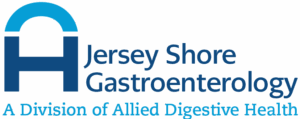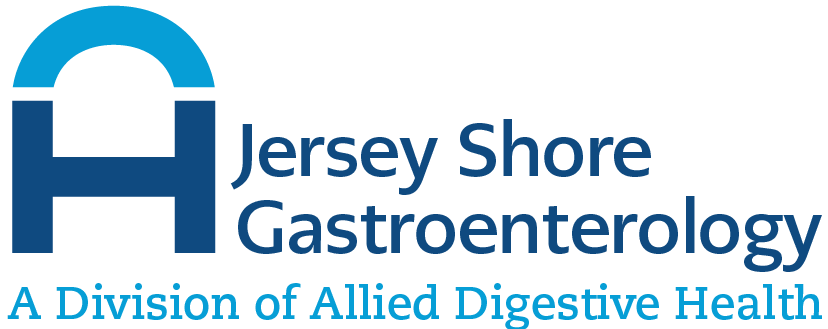What Is Colon Disease?
Many different diseases fall under the umbrella of colon disease, from constipation to colon cancer. Many colon diseases also affect the rectum, such as colorectal cancer. Treatment varies by disease; for example, colorectal cancer would require aggressive treatment, while over-the-counter medications and supplements often cure constipation.
What Is the Anatomy and Physiology of the Colon and Rectum?
Understanding colon disease is helped by understanding the colon (large intestine) and rectum function. The colon is 5 feet long, and it is connected to the rectum, which is 8 inches long.
The colon’s main function is to process liquid stool into solid stool to be excreted as waste. The rectum and the colon work closely together to perform this process. Healthy bowel movements are considered to be at least three bowel movements per week, but it’s not uncommon for other patients to have a few bowel movements a day. If you have less than three bowel movements in a week, this is a sign of constipation.
What Are the Most Common Colon Diseases?
The most common colon diseases are functional disorders. These are disorders where no problems can be detected in the bowel but it is still dysfunctional. These include:
- Constipation. Stools can be difficult to pass, hard, or infrequent. Constipation is often caused by not enough water and fiber in the diet. Putting off using the bathroom when you need to have a bowel movement is also a cause. Straining too hard while constipated can lead to fissures or hemorrhoids.
- Irritable bowel syndrome (IBS) (spastic colon). If the colon muscle contracts abnormally, this can cause IBS, which is not serious but can affect quality of life. The most common symptoms of IBS are chronic constipation, diarrhea, or a combination of both, because of the spastic colon. Treatment usually involves dietary and lifestyle changes.
What Are Structural Disorders?
Other types of colon disease are “structural”—this means that the condition is due or connected to anatomic and pathologic changes in the colon. Further, it oftens requires medical intervention to remove or correct something abnormal in the anus, rectum, and colon. Some structural colon disorders include:
- Diverticular disease. Colonic diverticula are tiny sacs or pouches in the bowel lining when the lining is pushed through weakened areas in the bowel wall muscle. They appear in the sigmoid area of the colon, where there is the most pressure. It is thought that the prevalence of diverticular disease in Western societies is due to a low-fiber diet. The vast majority of people with diverticulosis, where the sac or pouches are present in the colon, will not develop any significant diseases related to it. A minority of patients can develop diverticulitis, the disease where the sacs get infected or inflamed. Diverticulitis usually resolves with a course of antibiotics. Surgery for diverticulitis is needed for repeated bouts of diverticulitis that fail to clear with antibiotics, or ones leading to blockage, abscess or perforation.
- Cancer and polyps. Colorectal cancer is the third leading cause of death in the United States and is one of the more serious diseases of the colon. Colon cancer is more treatable in its early stages; unfortunately, many patients do not have symptoms until the cancer has progressed into its later stages. Abnormalities will form in the colon as polyps, a growth that grows in the lining tissue of the large bowel. Not all polyps will develop into colon cancer, however, it’s best to have them removed for preventative care. Early detection is key when it comes to colon or colorectal cancer. The American Cancer Society recommends that both men and women begin screening for colorectal cancer at age 45. Not only is colonoscopy the gold standard for colon cancer screening, your gastroenterologist can also remove benign and precancerous polyps during the procedure.
- Colitis. Colitis describes a group of different conditions that affect the large bowel and cause inflammation. Different types of colitis include:
- Infectious colitis. This is inflammation due to an infection of the large bowel.
- Ischemic colitis. This is caused by lack of blood flow to the colon.
- Radiation colitis. Radiation colitis occurs after radiation therapy for cancers, such as gynecological, prostate, or rectal cancers.
- Ulcerative colitis. This is one of two inflammatory bowel diseases (IBD). Ulcerative colitis affects only the colon.
- Crohn’s disease. This is another type of IBD that can affect the entire digestive tract with patchy spots of inflammation.
Colitis requires medical treatment. For example, Crohn’s disease and ulcerative colitis
can cause more serious gastrointestinal problems if untreated.
Am I At Risk for Colon Disease?
Those who are at highest risk for colon disease have a personal or family history of colon cancer or other diseases of the colon, such as IBD. Gastrointestinal symptoms often go ignored because, while they may affect quality of life slightly, they don’t seem like serious problems. However, you should always let your physician or gastroenterologist know if you have changes in bowel habits, blood in the stool, or other gastrointestinal disturbances. Those who have a family history of colorectal cancer or other colon diseases should inform their physician, as they should be screened for colon cancer before the recommended age of 45.

